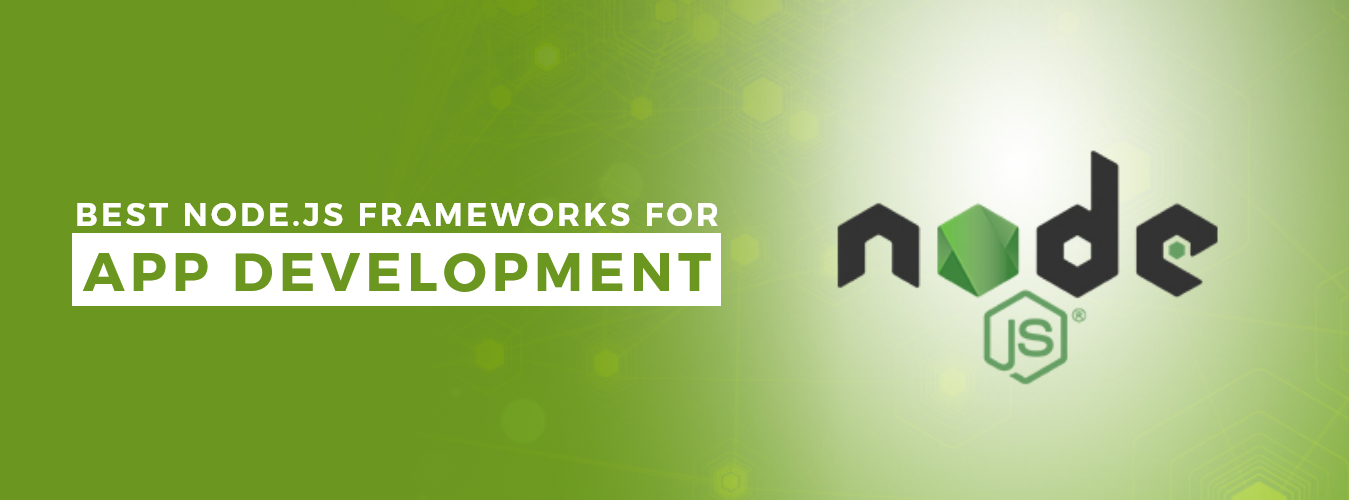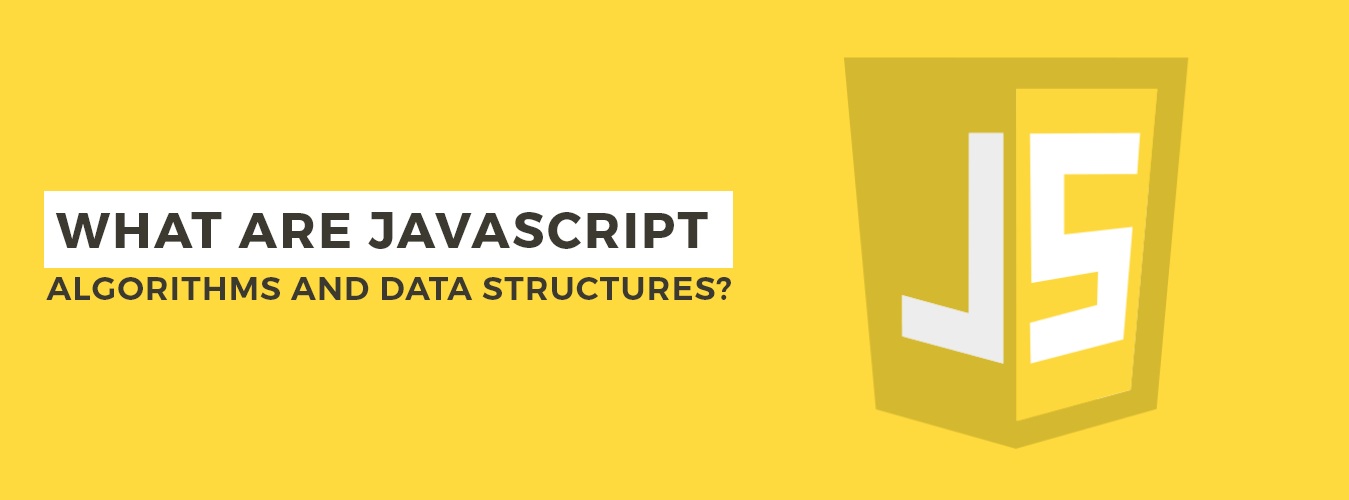One of the most well-liked and adaptable frameworks for app development is Node.js. Thousands of developers use it to build high-performance, scalable, and reliable applications for numerous platforms. It might be challenging to decide which Node.js framework is appropriate for your application, though, because so many options are available. You require a structure that satisfies your needs for development while remaining within your financial means.
We’ve compiled a list of some of the top Node.js frameworks right now to make it simpler to select the best one for your project. You can select the one that best meets your demands because they have unique characteristics and advantages. We’ll also review their advantages and disadvantages so you can choose the best Node.js framework for your project.
Crafting Your Ideal Mobile App/Experience Starts Here!
Ready to elevate your business? Your custom app is just a click away.
Yes Let’s goBest Node.js Frameworks for App Development
1- Express.js: The Most Popular Node.js Framework
The most widely used Node.js framework for creating applications is Express.js. It creates dependable APIs and web apps with many features and capabilities. Express allows you to build real-time online applications integrating databases, live data feeds, and more. It is extremely simple to use and has a tiny memory footprint, making it perfect for quickly generating dynamic web applications.
The Model-View-Controller (MVC) design, on which Express is built, enables node js development services to create apps with a distinct division between the frontend and backend components of the application. This makes it simple to maintain code organization while giving you many options for customizing your program’s functionality.
Its compatibility with Socket.io for real-time app updates and MongoDB for database access makes Express one of the more flexible Node.js frameworks currently available. Additionally, because Express is open source, developers can easily start working on their projects thanks to access to the codebase and useful community resources.
2- Sail.js: MVC Framework for Node.js
The Balderdash development studio developed and maintains Sail.js, a Node.js MVC framework. It’s a fantastic option if you want to rapidly and easily construct a highly functional, powerful program.
Sails require a number of essential components. It provides automated route defense against Cross-site Request Forgery (CSRF) threats and Data Security Policies that stop malicious code from running on your server. Additionally, it makes use of WebSocket to communicate in real-time with users of your app, giving them access to the most recent data without constantly refreshing their browser windows.
Sail.js is also open source and regularly maintained on GitHub, with many people worldwide assisting in keeping its codebase up to date and in line with industry standards. This frees up node js development services to concentrate on each project’s particular requirements rather than having to spend their time creating fundamental components. This results in a product development process and a better application user experience.
3- Meteor.js: For Real-Time Web Apps
One of the top Node.js frameworks for creating real-time web applications is meteor.js. It may be used to build high-performance apps with less code, which makes it especially appropriate for challenging web projects.
Key features of Meteor.js include:
- Built-in APIs that enable you to access data from databases, cloud services, and more
- Easy integration with React, Angular, and Vue libraries
- Modular and scalable futureproof architecture
- Open source code compatible with JavaScript and TypeScript
Without requiring a separate server instance, the Meteor.js framework also provides incredible capabilities, including automatic dependency management, hot code push, live page changes, and client-side data synchronization. Meteor.js is perfect for quickly creating reliable, dynamic applications that can manage enormous volumes of data because of its flexibility and scalability.
4- Socket.io: For Real-Time Apps and Chatbots
Socket.io is a fantastic option if you’re looking for a Node.js framework that enables you to create real-time applications or chatbots. Real-time applications like chat and messaging apps are ideal for the framework because of their well-known capability to handle bidirectional communication between client-side and server-side programs.
Additionally, Socket.io offers a simple method for facilitating data transfer between linked devices across a network. It is, therefore, the best option for developing real-time data-updating programs, such as those used in stock trading or social networking platforms that demand instantaneous data synchronization between devices. Additionally, Socket.io is excellent for powering a range of websites because it has built-in support for several web protocols, including HTTP, WebSocket, and Polling.
Overall, Socket.io is a great option if you want to use Node.js to build robust real-time applications or chatbots. Due to its bidirectional communication features, the framework is an excellent choice for effectively managing data synchronization and other activities associated with interactive applications.
5- NestJS
Using Node.js, NestJS is a potent framework for creating scalable server-side applications. It offers a modular and organized approach to designing apps and is built on top of Express.js. NestJS uses TypeScript, a static typing language that improves development with tools like code autocompletion and refactoring.
Here are some key features and concepts in NestJS that contribute to building scalable applications:
Modular architecture
With the help of NestJS, programs may be broken up into smaller, reusable modules. Each module contains a certain application area or capability. This method encourages the separation of concerns and organization of the code, which makes it simpler to scale and manage the program as it expands.
Dependency injection
The development of scalable and maintainable programs requires the use of dependency injection. To control the generation and sharing of instances between modules, NestJS uses dependency injection. This design pattern encourages loose coupling between various application components and simplifies testing and replacing dependencies.
Decorators and metadata
NestJS frequently use decorators to define and set up different components, including controllers, services, and modules. Decorators offer metadata that NestJS uses for dependency injection, automatic route construction, and other background processes. This metadata-driven methodology minimizes boilerplate code and streamlines common development processes.
Middleware and interceptors
You can intercept incoming requests with NestJS’ middleware and interceptors and alter or enhance them. While interceptors function at a lower level and let you intercept the request/response objects directly, middleware are processed before the request reaches the route handler. Implementing cross-cutting issues like authentication, logging, and error handling benefits from these features.
Support for TypeScript
TypeScript is the foundation of NestJS and is used to its fullest extent. Node.js development benefits from TypeScript’s static typing, improved tooling, and improved maintainability. Better code quality, an enhanced developer experience, and fewer potential runtime problems are all made possible by using TypeScript and NestJS together.
Scalable architecture patterns
Scalable design patterns like module-based architecture and the use of microservices are supported and encouraged by NestJS. It has built-in support for gRPC and MQTT-based microservice communication protocols. These design patterns aid in creating applications with high load capacity and simple horizontal scalability.
Testing and maintainability
Building scalable apps requires testing because it ensures the dependability and stability of the codebase as it develops. Estimating and testing individual components is simpler because of the modular architecture and dependency injection. With tools for unit testing, integration testing, and end-to-end testing, NestJS offers a complete testing framework.
Conclusion
Node.js frameworks are a fantastic addition to your development toolkit, with a wide range of choices to suit your specific requirements. These Node.js frameworks provide developers looking to create strong and feature-rich apps with a wonderful place to start, while the final decision will depend on the needs of the particular project or product. The top 5 Node.js frameworks, along with their benefits and potential drawbacks, were covered in detail in this post to help programmers make the best choices possible.
Crafting Your Ideal Mobile App/Experience Starts Here!
Ready to elevate your business? Your custom app is just a click away.
Yes Let’s go







